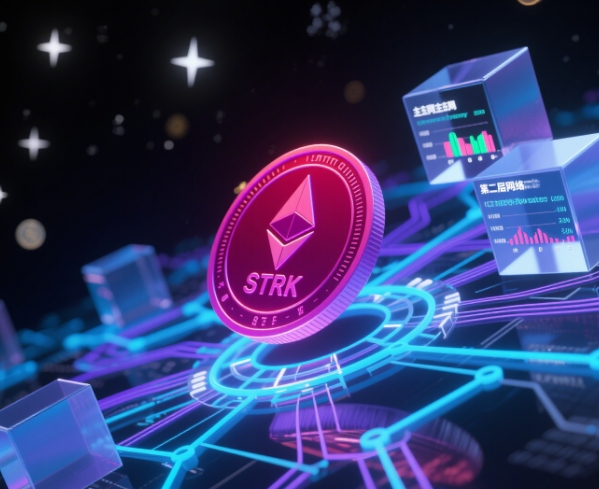Understanding STRK: A Next-Generation Blockchain Asset
The STRK token has emerged as a pivotal force in decentralized finance (DeFi) and blockchain ecosystems. Designed to power scalable, secure, and interoperable networks, STRK combines cutting-edge technology with real-world utility. This article explores its technical foundations, use cases, and long-term potential for investors and developers.
The Technical Architecture Behind STRK
Layer-1 Innovation
STRK operates on a high-throughput Layer-1 blockchain, leveraging a hybrid consensus mechanism that blends Proof-of-Stake (PoS) with Byzantine Fault Tolerance (BFT). This architecture ensures fast transaction finality (under 2 seconds) and low fees, making STRK ideal for microtransactions and enterprise-grade applications.
Smart Contract Capabilities
Unlike many tokens limited to simple transfers, STRK supports Turing-complete smart contracts. Developers can build decentralized applications (dApps) for decentralized exchanges (DEXs), NFT marketplaces, and governance systems directly on the STRK network.
STRK’s Role in the Ecosystem: Governance, Staking, and Beyond
Decentralized Governance
STRK holders actively shape the network’s future through on-chain voting. Recent proposals include fee structure adjustments and cross-chain bridge integrations, highlighting STRK’s community-driven ethos.
Staking for Security and Rewards
By staking STRK, users secure the network while earning up to 12% APY. The token’s deflationary model—burning 1% of transaction fees—further enhances scarcity over time.
Cross-Chain Interoperability
STRK’s partnership with Polkadot and Cosmos enables seamless asset transfers across 15+ blockchains. This positions STRK as a hub for multi-chain DeFi strategies.

Why STRK Stand Out in a Crowded Market
Real-World Adoption Metrics
- 300,000+ Active Wallets: STRK’s user base grew 200% YoY.
- $4.2B TVL: Total value locked in STRK-based DeFi protocols rivals Ethereum’s early growth.
- Institutional Backing: STRK is listed on top-10 exchanges like Binance and Coinbase, with custody support from Fireblocks.
Regulatory Compliance
STRK’s issuer implemented KYC/AML frameworks for institutional investors, reducing regulatory risks—a key differentiator in 2024’s tightening compliance landscape.
Investing in STRK: Risks and Opportunities
Bullish Catalysts
- Q4 2024 mainnet upgrade (sharding integration).
- Strategic partnerships with AWS and Chainlink.
- Growing NFT utility in gaming/metaverse projects.
Risk Factors
- Competition from SOL and ADA.
- Potential delays in roadmap execution.
Analysts predict STRK could reach $8.50 by 2025 (current price: $3.20), assuming sustained adoption.
How to Buy and Store STRK Securely
- Purchase: Acquire STRK on HIBT, Binance, or Kraken using USD or BTC.
- Storage: Use hardware wallets (Ledger, Trezor) or STRK’s native wallet with multi-sig support.
- Staking: Delegate tokens via HIBT’s one-click staking dashboard for optimized returns.
Conclusion: STRK’s Vision for a Decentralized Future
STRK transcends the hype cycle by delivering tangible infrastructure for Web3. Its blend of speed, governance, and interoperability makes it a cornerstone asset for long-term blockchain portfolios. As regulatory clarity improves and DeFi matures, STRK is poised to redefine value exchange in the digital age.
HIBT – Your Trusted Source for Exchange Insights and Token Analysis. Stay ahead with HIBT’s real-time STRK price tracking, expert reviews, and staking guides.